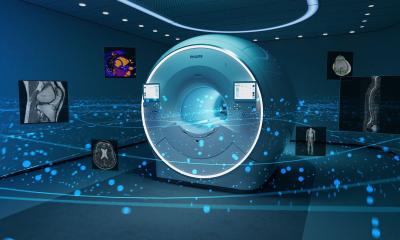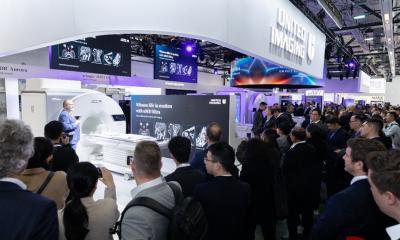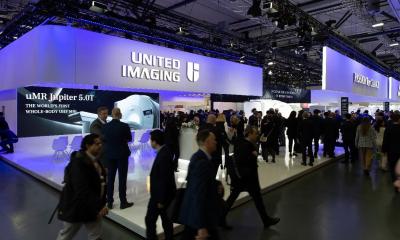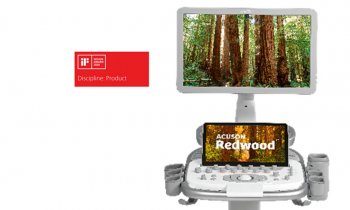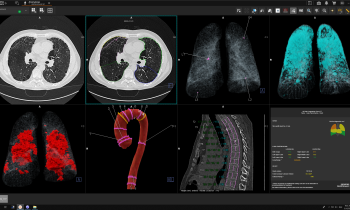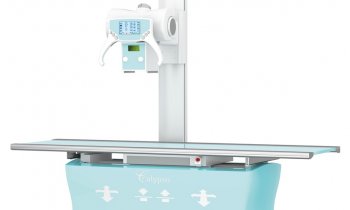Interview • An interview with the President of JFR 2025
What the clinic does not say
This year, the Journées Francophones de Radiologie (JFR) will carry a clinical ambition as simple as it is essential: to shine a spotlight on those who are often overlooked. Under the presidency of Professor Mathieu Lederlin, thoracic radiologist at Rennes University Hospital, vulnerable patients will be at the heart of the annual meeting of the French Society of Radiology that will unfold October 3-6 at its iconic venue at the Palais des Congrès in Paris.
By Mélisande Rouger
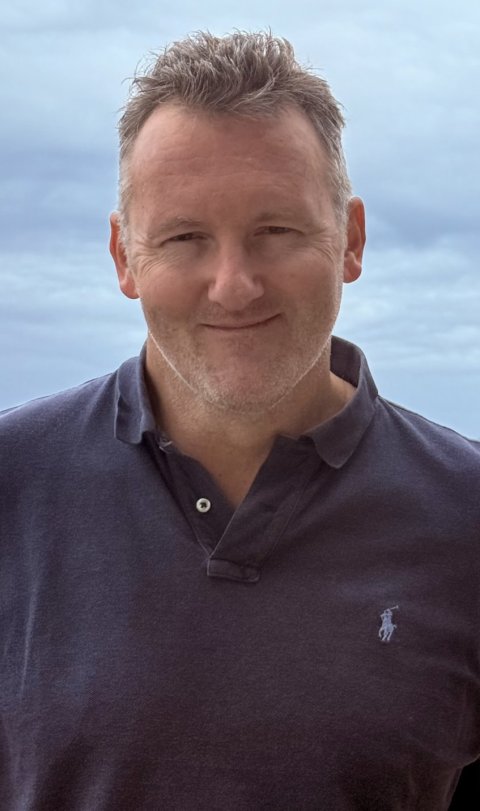
From children to the elderly, the extremes of age require an adaptation not only of image interpretation, but also of protocols and care pathways — an editorial choice that Lederlin fully embraces: “At these JFR, we really wanted to put the patient at the centre, especially the patients we call vulnerable,” he told Healthcare in Europe in an exclusive interview ahead of the event.
A human-scale radiology
The congress will introduce two unprecedented thematic tracks: one in paediatric radiology, the other in geriatric imaging. Both are transversal disciplines, practiced by almost every radiologist, but not always with the appropriate tools and knowledge. ‘In the same way that a child is not a small adult and has specific radiology, there is also a radiology specific to the elderly,” Lederlin said.
The specificities of aging must be recognized: “You have to be able to distinguish between what is normal physiological aging, and what is pathological.” And in both hospitals and private practice, elderly patients are ever-present: “An elderly patient is considered to be over 75,’ he said. ‘These patients represent 10% of the population, but they make up for 16% of emergency admissions.”
Emergency in focus
In emergency departments, CT has become the first-line tool for elderly patients. But it must be interpreted with rigor: “CT is an extraordinary examination because it allows us to see almost everything,’ Lederlin said. ‘’Clinical examinations and biological data can be misleading or falsely reassuring in elderly patients, whereas CT really does see everything.”
Some pathologies such as mesenteric ischemia cannot be detected otherwise than with CT: “It may be an obstruction of an artery, for example, leading to a mesenteric ischemia — an infarction of the intestine’s mesentery —, which is extremely serious and associated with high mortality.”
Impulsion: a game-changer in screening
A radiologist alone with AI — a radiologist who is not initially a thoracic radiologist, who is not an expert, but who has been trained and has AI support — could perform as well as a double reading by experts
Mathieu Lederlin
Lederlin also takes part in Impulsion, the French pilot study on lung cancer screening with low-dose CT. A structured and ambitious project, Impulsion is designed to prepare the ground for a potential nationwide rollout within three to five years. “The Impulsion project covers 20,000 patients, and it is a very circumscribed project, a clinical RIPH2 study, in which patients sign informed consent.”
Faced with the burden of systematic double reading, an alternative is emerging: “A radiologist alone with AI — a radiologist who is not initially a thoracic radiologist, who is not an expert, but who has been trained and has AI support — could perform as well as a double reading by experts,” he explained.
The objective is clear: “It is a test bench, meaning we will test the feasibility of screening first on a small scale and see whether we are then able to move to the population level across the entire population level.”
AI and radiologists: a measured collaboration
AI has its place in the project, but it must remain clearly defined: “AI is used to detect nodules, but it is not yet fully effective at characterizing, at saying whether it is cancer or not,’’ he said. ‘’But for detection, it is effective.”
The Impulsion project will begin with double reading, but very quickly there will be an interim study, after 2,500 patients have been included, to check whether a single reading with AI performs as well as double reading.
A more engaging and open congress
I wanted [these JFR] to be very pedagogical, very didactic. That they should be a little amusing, enjoyable, fun. And also a little artistic
Beyond the science, JFR 2025 also aims to be more playful and more artistic: stride jazz at the opening, an immersive installation on the body and image, and cross-disciplinary interventions with musicians, researchers, even ornithologists.
One of the highlights will be the Plenary Lecture, in which physician, best-selling author and former President of Action Against Hunger Jean-Christophe Rufin will offer a personal and inspiring perspective on the medical profession. “I wanted these JFR to have three characteristics,’’ Lederlin said. ‘’I wanted them to be very pedagogical, very didactic. That they should be a little amusing, enjoyable, fun. And also a little artistic.”
At the heart of this ambition lies a reminder of why radiology matters, and for whom: “We have all been children and we are all potential elderly patients,” he concluded.
Profile:
Mathieu Lederlin is Professor of Radiology and Head of the Thoracic and Cardiac Imaging Unit at Rennes University Hospital in France. He is the Former President of the French Society of Thoracic Imaging and the President of the JFR 2025.
01.10.2025



